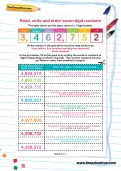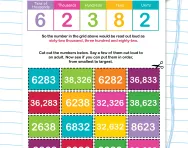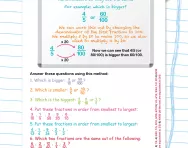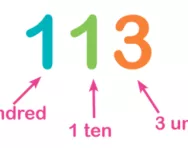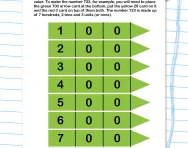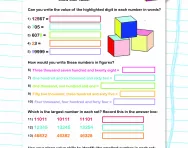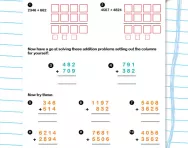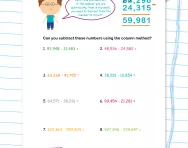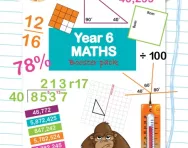TheSchoolRun.com closure date
As we informed you a few months ago, TheSchoolRun has had to make the difficult decision to close due to financial pressures and the company has now ceased trading. We had hoped to keep our content available through a partnership with another educational provider, but this provider has since withdrawn from the agreement.
As a result, we now have to permanently close TheSchoolRun.com. However, to give subscribers time to download any content they’d like to keep, we will keep the website open until 31st July 2025. After this date, the site will be taken down and there will be no further access to any resources. We strongly encourage you to download and save any resources you think you may want to use in the future.
In particular, we suggest downloading:
- Learning packs
- All the worksheets from the 11+ programme, if you are following this with your child
- Complete Learning Journey programmes (the packs below include all 40 worksheets for each programme)
You should already have received 16 primary school eBooks (worth £108.84) to download and keep. If you haven’t received these, please contact us at [email protected] before 31st July 2025, and we will send them to you.
We are very sorry that there is no way to continue offering access to resources and sincerely apologise for the inconvenience caused.
Read, write and order seven-digit numbers
What are the rules for writing large numbers?
In primary school, children are typically introduced to basic rules for writing big numbers to help them understand and articulate numerical values.
Here are some simplified rules:
- Understanding place value: children learn that the position of a digit in a number represents its value. For example, in the number 536, the 5 represents 500 (hundreds place), the 3 represents 30 (tens place), and the 6 represents 6 (ones place).
- Using commas for thousands: they learn to use commas to separate groups of three digits in larger numbers for easier reading. For example, 3,456 or 10,987.
- Counting by hundreds, thousands, and millions: they practice counting in increments of hundreds, thousands, and eventually millions to grasp the concept of larger quantities.
- Reading and writing numbers in words: children are taught to read and write numbers in words, starting with smaller numbers and gradually progressing to bigger ones. For example, 456 can be written as four hundred fifty-six.
- Understanding orders of magnitude: they learn about the magnitude of numbers, understanding that numbers increase by factors of ten as they move to the left in the place value chart (e.g., units, tens, hundreds, thousands, etc.).
- Using number lines: number lines are often used as visual aids to help children understand the relative size and position of numbers on a scale.
- Visual representations: base-10 blocks or place value charts are used to help children visualise and understand the composition of larger numbers.
How will this worksheet help my child with large numbers?
In this Read, write and order seven-digit numbers worksheet, your child is provided with a clear example of place value and how to write out a seven-digit number. They will then have plenty of opportunity to practise writing seven-digit numbers and understanding place value.
They will need to fill all the gaps in by writing the words in numbers or digits (depending on what is missing). Then, with help if needed, they can cut the numbers out and put them in order, from smallest to largest.
